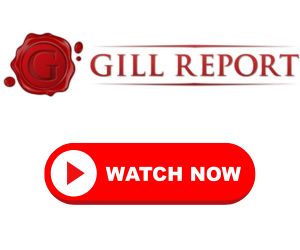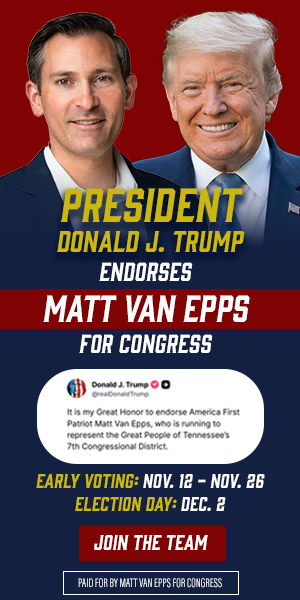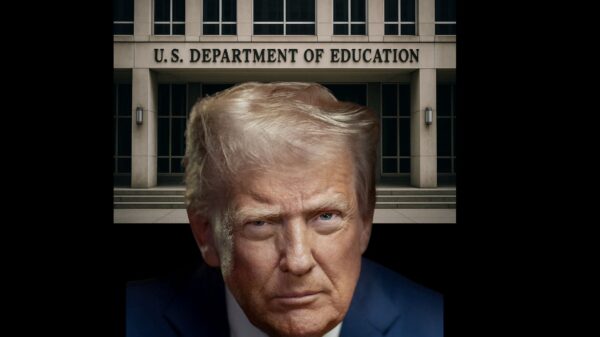Wise carpenters and contractors generally follow the rule to measure twice and cut once. Tennessee education policymakers should do the same when it comes to expanding the new and expensive voucher plan passed by the legislature earlier this year.
In the current educational landscape, the debate surrounding universal vouchers has intensified, particularly as framed by Tennessee’s House Speaker Cameron Sexton and Governor Bill Lee as a means to promote “school choice.” Arguably, the plan is intended to provide access to “better schools,” which will in turn increase the skills and learning of students. Faced with more competition, public schools will supposedly be inspired to do a better job with the students who remain behind.
Yet, there is absolutely no evidence that the plan, which has previously been implemented in a few counties over the last few years, is actually producing any such results. Shouldn’t we see some success before we “ double down“?
Beneath the seemingly appealing proposition of the voucher plan lies an underlying concern: the potential for increased government entanglement and regulation in private education. That, combined with the lack of any evidence that academic achievement for Tennessee students has actually been improved by the limited application of the plan over the last few years suggests the need for caution and review before quickly expanding the expenditure of hundreds of millions of dollars of taxpayer money.
The acceptance of public funds by private schools raises a critical question about their independence. As these institutions begin to rely on government funding, the risk of having to comply with governmental standards increases, effectively undermining the autonomy that private education is supposed to offer. Vouchers, often touted as a free-market solution, are, in reality, a government-created benefit that distorts the educational market and establishes a new entitlement program with inevitable strings attached.
There is a pressing need to scrutinize whether every initiative that becomes a taxpayer-funded welfare program lacks transparency. Unlike public schools, private institutions are not held to the same level of accountability regarding how they utilize public funds. This lack of oversight raises concerns about the potential misuse of taxpayer money, and it seems inevitable that questionable expenditures will come to light once the program is examined more closely.
Compounding these concerns are issues related to budget constraints. Tennessee’s revenues have been on the decline despite the existence of financial reserves, prompting fears about the sustainability of the voucher program. Critics have labeled it an expensive government subsidy, warning that the growth in the state budget is alarming.
Recent data from the Tennessee Department of Education reveals that while vouchers are distributed across various counties, they disproportionately benefit urban and suburban areas, often going to students who were already enrolled in private schools, rather than expanding access to those in need.
Despite these criticisms, Speaker Cameron Sexton has announced plans to expand the state’s voucher program by adding at least 20,000 new seats, ultimately increasing the total to 40,000 students. This proposal emerges amidst significant backlash regarding fiscal responsibility and transparency, especially given that the program cost $144 million in its inaugural year. Many have condemned this expansion as “fiscally reckless,” arguing that state budget growth and economic conditions are major concerns.
This push for expansion is supported by Governor Lee’s office, which highlights the overwhelming demand reflected in the reported 42,000 applications for the 20,000 available seats. There will always be huge demand for “free money”, but policy makers wait and see if the program is working and producing measurable increases in academic achievement before we dish out even more?
While the Education Freedom Scholarships program was designed with an expansion mechanism in place, Sexton and Lee’s justification for exceeding the original cap raises further questions about the long-term implications of this initiative. Why deviate from the original plan?
While the rhetoric of school choice is compelling, the reality of universal vouchers presents a different and complex landscape filled with potential pitfalls. The intertwining of government funds and private education not only threatens the independence of private institutions but also risks creating a new layer of entitlement that lacks the necessary transparency and accountability.
It creates a two-tiered system, and the constitutionally mandated public school system in Tennessee will see fewer dollars and more accountability. As this program expands, it will be imperative to monitor its impact on both the educational system and the taxpayers who fund it.
In an election year, out-of-state political funding will be readily available to promote the benefits of expansion. But without transparency, and accountability, will taxpayers fail to start asking the tough questions until it is too late to reverse course? Expanding the program before we even know it works seems to be a prime example of “too much too soon” that policy makers and taxpayers should avoid before committing hundreds of millions of dollars that can’t be recovered.



















